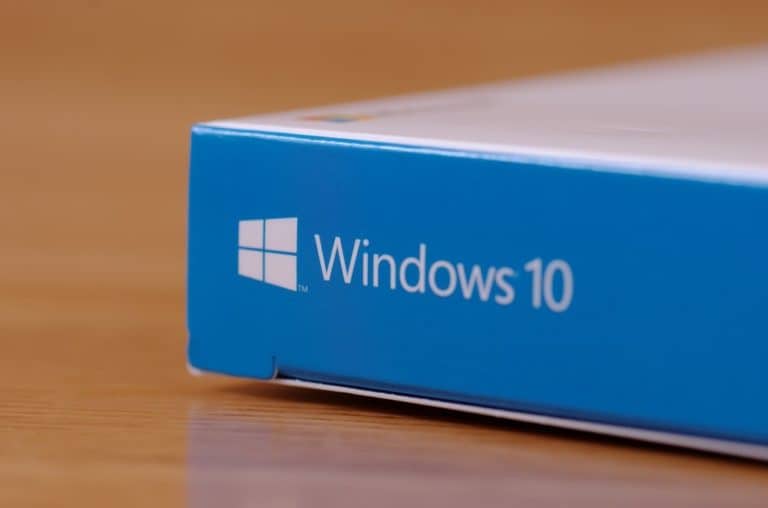Microsoft has confirmed through a blog post that there will be no more feature updates to Windows 10. Version 22H2 will only continue to receive security updates until the platform becomes end-of-life in 2025.
Microsoft is encouraging users to upgrade to Windows 11, something that is easier said than done for some end users. In order to meet the requirements of the update, a device must support TPM (Trusted Platform Module) 2.0 for example. This security method automatically encrypts disk data and is required to enable voice control via Windows Hello.
TPM 2.0 is supported only from the 8th generation Intel Core processors onwards, while the 1st generation Ryzen on the AMD side is excluded. Secure Boot, an option that must be supported by UEFI firmware, is also required to run Windows 11.
Planning
The roadmap for Windows updates is important to both organizations and individual users for this reason as well. Lansweeper research last year found that only six in 10 PCs are ready for Windows 11. For many organizations, there is nothing left but to purchase new hardware. The deadline for such an upgrade has been known for some time now: on October 14, 2025, Windows 10 will reach the so-called “end-of-support” status.
With the announcement of Windows 11, it already became clear that Microsoft did not intend to support Windows 10 forever. In 2015, the tech giant claimed it henceforth saw Windows-as-a-Service as the future, without a clarification of what this would really mean. So, as with popular versions like Windows 98 and XP, persistent users will still be forced to make the jump to the latest variant.
Also read: Windows 10 and Windows 11 end dates
